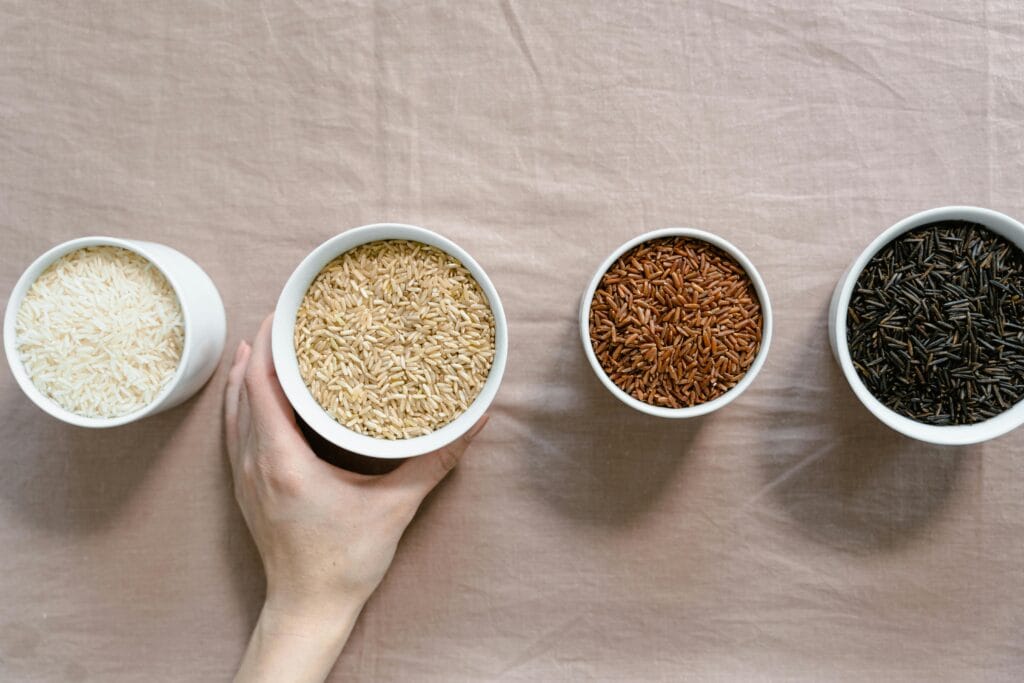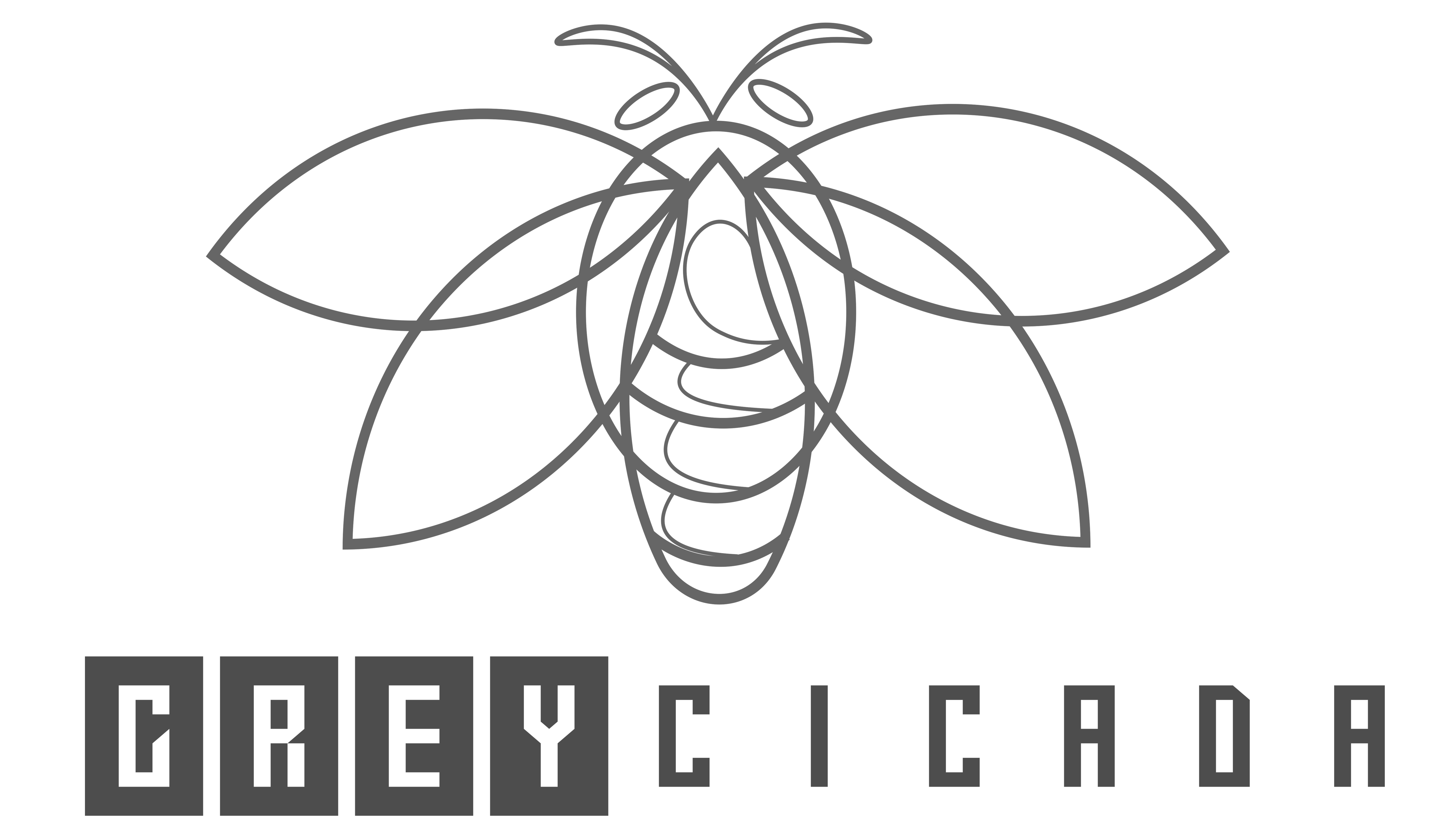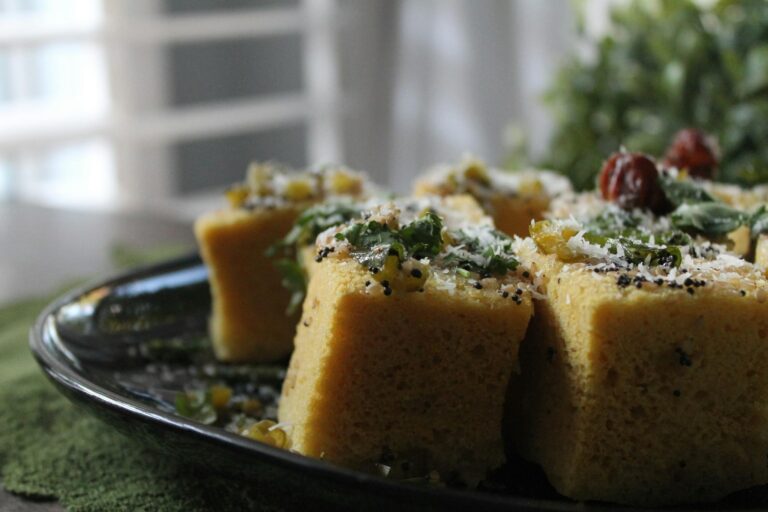FREE SHIPPING OVER $50
Blood Sugar Spikes? Swap These 6 Foods for Smarter, Healthier Meals

That afternoon crash, the relentless cravings, or the foggy feeling after lunch—these are often telltale signs of a blood sugar rollercoaster. When your glucose levels surge too high too fast, your body rushes to produce insulin to bring them down. This aggressive drop, known as a blood sugar spike and crash, leaves you fatigued, irritable, and craving the next quick source of energy, perpetuating an exhausting cycle. If you’re concerned about your energy levels, weight management, or long-term metabolic health (like preventing pre-diabetes), stabilizing this rollercoaster is your number one priority.
The good news is that you don’t need a restrictive diet to gain control. You simply need to become smarter about nutrition. By making intentional food swaps—exchanging high-glycemic foods for alternatives rich in fiber, protein, and healthy fats—you can smooth out those dangerous spikes. These six strategic swaps focus on replacing common culprits in your kitchen with options that provide steady, sustained energy, offering a powerful, yet simple, path to better glucose control.
The Science of the Spike: Why Swapping Matters
To effectively control your blood sugar, you must understand the glycemic index (GI). The GI ranks foods based on how quickly they raise blood glucose levels. High-GI foods (like white bread) are rapidly digested and convert quickly to glucose, causing that sharp spike. Low-GI foods (like lentils) are digested slowly, leading to a gentle, sustained rise.
As we look at these six food swaps, we are always optimizing for three key factors that slow digestion and stabilize glucose:
- Fiber: It physically slows down the absorption of sugar into the bloodstream.
- Protein: It provides satiety and requires more time for the body to process than simple carbs.
- Healthy Fats: They significantly slow gastric emptying, delaying the glucose rush.
By strategically maximizing these three elements in your meals, you gain superior blood sugar control without feeling deprived.
Swap 1: White Rice for Brown Rice or Quinoa
The Problem: White rice is a staple for many, but because the grain is stripped of its bran and germ, it is essentially pure starch. It is rapidly broken down into glucose, making it a high-GI food that triggers sharp blood sugar spikes.
The Swap: Brown rice or, better yet, quinoa.
Why It Works
- Brown Rice: This grain retains the bran layer, which is packed with fiber. That fiber dramatically slows the conversion of starch to glucose, leading to a much gentler curve in your blood sugar.
- Quinoa: This is technically a seed, not a grain, and is a complete protein, meaning it contains all nine essential amino acids. The combination of protein and fiber makes quinoa a slow-digesting powerhouse, offering sustained energy and superior glucose control.
Actionable Tip: If you absolutely prefer the texture of white rice, try mixing it 50/50 with quinoa. You instantly boost the protein and fiber content without completely sacrificing your preference.
Swap 2: Sugary Yogurt for Plain Greek Yogurt
The Problem: Many flavored yogurts found on grocery store shelves are actually sugar traps disguised as healthy foods. Often labeled as “fruit-on-the-bottom” or “low-fat,” these products can contain as much sugar per serving as a candy bar, leading to immediate blood sugar spikes and triggering hunger an hour later.
The Swap: Plain Greek yogurt (full-fat or 2%).
Why It Works
- Protein Punch: Greek yogurt is strained, making it significantly higher in protein than regular yogurt (often double the amount). This high protein content slows digestion, keeping you feeling full and stabilizing glucose levels.
- No Added Sugar: Choosing plain yogurt puts you in control. The milk naturally contains lactose (a milk sugar), but you avoid the large amounts of added sugar found in flavored varieties.
Actionable Tip: To flavor it, add a sprinkle of cinnamon (which may improve insulin sensitivity) and a small handful of fresh berries (which contain fiber and antioxidants) instead of jam or honey.
Swap 3: Fruit Juice for Whole Fruit
The Problem: Fruit juice, even 100% juice without added sugar, is a concentrated form of sugar (fructose) stripped of the very element that makes fruit healthy: fiber. Drinking juice quickly delivers a massive dose of simple sugar, causing a rapid blood sugar spike. It’s essentially equivalent to drinking soda in terms of how quickly the sugar hits your system.
The Swap: Whole fruit, especially berries and apples.
Why It Works
- Intact Fiber Matrix: Eating the whole fruit means you consume the pulp and skin, which contain the fiber. This intact fiber acts as a physical barrier in your gut, slowing the release of fructose and glucose into the bloodstream.
- Satiety: Chewing the fruit takes time and sends signals to your brain that you are full, preventing overconsumption.
Actionable Tip: If you enjoy fruit drinks, switch to water with a slice of lemon or cucumber, or blend a handful of leafy greens (like spinach) into your smoothie to significantly increase the fiber ratio and mitigate the glucose impact of the fruit.
Swap 4: Potato Chips for Nuts or Seeds
The Problem: Potato chips and similar packaged snacks are typically made from starchy vegetables and refined seed oils. These refined carbs offer little to no fiber or protein, resulting in quickly digested starches that lead to erratic blood sugar levels and intense post-snack cravings. They deliver a quick, but unsustainable, energy rush.
The Swap: Almonds, walnuts, or pumpkin seeds.
Why It Works
- Fat, Fiber, and Protein Trio: Nuts and seeds are powerhouse snacks that contain all three stabilizing macronutrients: high healthy fats, moderate protein, and ample fiber. This combination guarantees a very slow release of energy and effectively prevents the sharp blood sugar spikes associated with starchy snacks.
- Micronutrients: Walnuts are packed with omega-3 fatty acids (linked to better brain health), and pumpkin seeds offer magnesium, a mineral that plays a role in insulin sensitivity.
Actionable Tip: Measure your portion! Since nuts and seeds are calorie-dense, stick to a quarter-cup serving size to avoid overdoing your daily intake while still gaining the metabolic health benefits.
Swap 5: Creamy Coffee Creamers for Whole Milk or Unsweetened Nut Milk
The Problem: Many popular, non-dairy coffee creamers and flavored syrups are high-fructose, high-sugar liquids designed to mask the taste of coffee. They often contain multiple forms of added sugar and inflammatory oils, delivering a significant glucose load first thing in the morning, which immediately spikes your blood sugar and sets you up for a day of unstable energy.
The Swap: A splash of whole milk or unsweetened almond/soy milk.
Why It Works
- Fat as the Buffer (Whole Milk): The healthy fats in whole milk help slow the overall absorption of the small amount of natural sugar (lactose) present. Fat also provides satiety.
- Zero Sugar (Unsweetened Nut Milk): Unsweetened varieties of nut milks typically contain almost zero grams of sugar and very minimal calories, making them a safe choice for maintaining stable blood sugar.
Actionable Tip: If you crave sweetness, try adding a small dash of cinnamon or a few drops of Stevia (a natural, zero-calorie sweetener) instead of sugary creamers.
Swap 6: Dried Fruit for Fresh Berries and Cheese
The Problem: Dried fruit is essentially fresh fruit where all the water has been removed, leaving behind highly concentrated sugar. A small handful of raisins or dried cranberries can contain the fructose equivalent of several pieces of fresh fruit, and without the volume of water, that concentrated sugar hits your bloodstream extremely fast, causing a spike.
The Swap: A small portion of fresh berries (strawberries, blueberries) paired with a few slices of cheese.
Why It Works
- Reduced Sugar Concentration: Fresh berries contain far more water and less concentrated sugar than their dried counterparts. Their naturally high fiber content also slows digestion.
- The Protein/Fat Block: Adding the protein and fat from the cheese creates a perfect balance. The cheese acts as a buffer, ensuring the natural sugars in the berries are absorbed very slowly and smoothly, promoting excellent glucose control.
Actionable Tip: Berries are consistently ranked among the best fruits for blood sugar due to their low sugar and high antioxidant content. Make them your go-to fruit choice, especially if you are concerned about your metabolic health.
Conclusion
Taking charge of your blood sugar doesn’t require drastic dietary overhauls, but rather a commitment to making smarter food swaps based on sound nutrition science. By actively replacing the quick-spiking, high-glycemic foods like white rice and sugary creamers with fiber-rich whole grains, high-protein sources, and healthy fats like those found in quinoa and nuts, you are optimizing your body’s energy regulation system. This strategic approach minimizes the exhausting blood sugar rollercoaster, keeps your cravings in check, and builds a stronger foundation for long-term metabolic health. Start integrating these six swaps today, and you will immediately notice the difference in your stability and sustained energy.
Related Articles
- Struggling With Blood Sugar? These 5 Whole Grains Help Reverse Insulin Resistance Naturally
- Over 50? These 10 ‘Healthy’ Breakfast Foods Are Quietly Spiking Your Blood Sugar
- Tired Eyes? These 14 Foods Fight Eye Strain and Protect Your Vision—Backed by a Dietitian
- Feeling Low? These 15 Foods Act Like Natural Antidepressants, Say Psychologists
- Testosterone Tanking After 30? These 10 Foods Could Be Your Hormonal Lifeline



